In spirit, creative passion and his life experiences, William ‘Bill’ Evans epitomizes that beloved family member who occasionally returns home to reconnect, celebrate and nourish the memories of wonderful times and to exchange stories about how the family came together to turn the most challenging moments into a new expression of love and learning.
At 77, Evans, whose roots go back several generations in Utah when his great grandparents settled in Lehi, is as exuberant and indefatigable as ever in a career as a dancer and choreographer. Just to summarize a handful of highlights: scores of his works have been staged around the world, there have collaborations with famous artists including the famous jazz pianist who shared his name, nearly 45 years of success in his eponymous dance company, and his teaching of technique emphasizing holistic body and mind integration not only in the U.S. but three other continents.
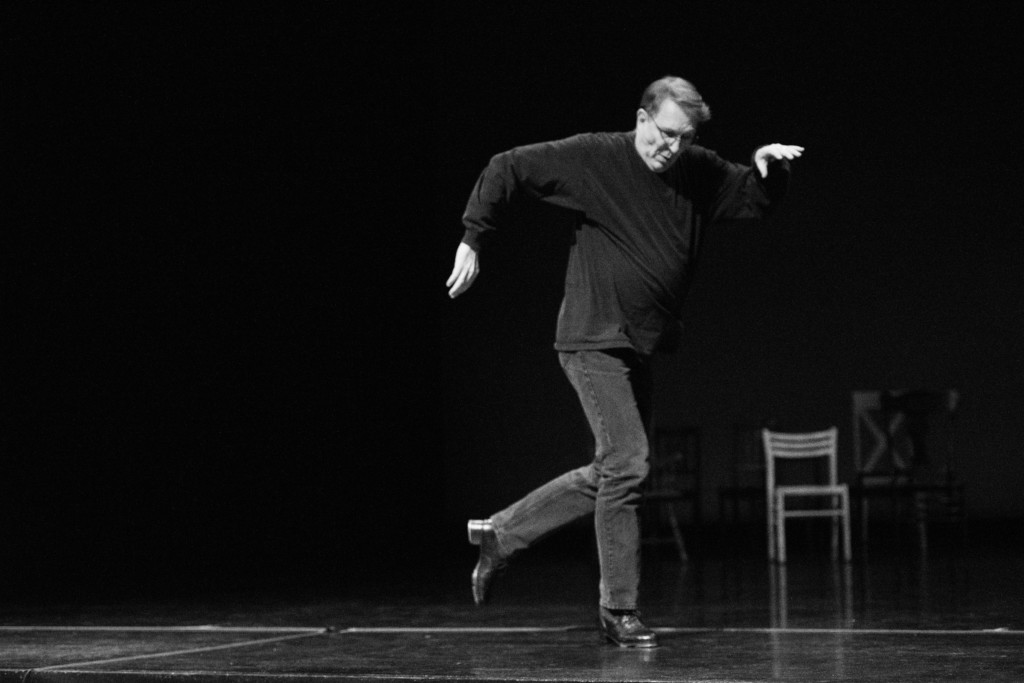
Evans, who lives in Providence, Rhode Island, never forgets one of his earliest artistic homes. Even after he left Utah in the mid-1970s, he has returned frequently to the Repertory Dance Theatre (RDT), where he danced and choreographed for seven years during the earliest phase of RDT’s (ongoing) revolutionary experiment as an ‘artistic democracy.’
But, this latest visit is a unique one. Coinciding perfectly with the homecoming theme of Thanksgiving, RDT will present Top Bill, a concert of six of his works spanning his career, in performances on Nov. 16, 17 and 18 at 7:30 p.m. in the Jeanne Wagner Theatre of the Rose Wagner Center for Performing Arts.
RDT has 18 works of Evan’s oeuvre in its repertoire of nearly 400 dance compositions. Evans worked with his longtime friend, Linda Smith, co-founder and artistic director of RDT, in selecting the six works for the evening. They include a 1982 piece that is being added to RDT’s permanent repertoire as well as a 1972 work which is so timeless in character that it could have been choreographed for the first time in 2017.
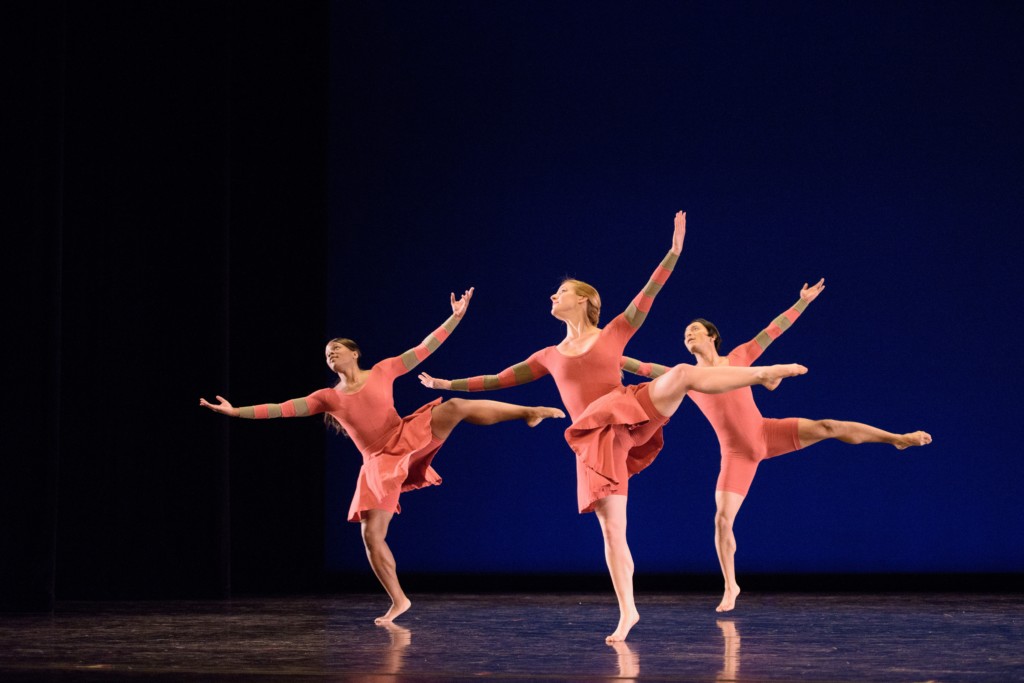
The concert includes an RDT classic, For Betty, a 1970 piece featuring music by Vivaldi and abstract movement heavily influenced by geometric shapes and form as a tribute to Hayes, who taught for more than 48 years and was chair of the University of Utah’s dance program.
Evans and Smith went to college together. “We were considered renegades,” Evans says in an interview with The Utah Review, explaining how his interests spanned ballet, modern dance, and other entertainment classics such as tap dance. It was before the time that dance schools would cast aside genre limitations, stylistic distinctions and artistic boundaries to allow students to explore both ballet and modern dance simultaneously. In fact, students at the time who wanted to pursue modern dance had to pass a women’s physical education course – and that included Evans.
In For Betty’s artistic statement, Evans writes, “My memories of playing with the ideas that motivated that piece, on the stage of Kingsbury Hall and in the company studio in Building 509 are still vivid. When I close my eyes, I can conjure up the sights and even the smells of those places and of the exhilaration I felt when discovering my unique expressive voice.”
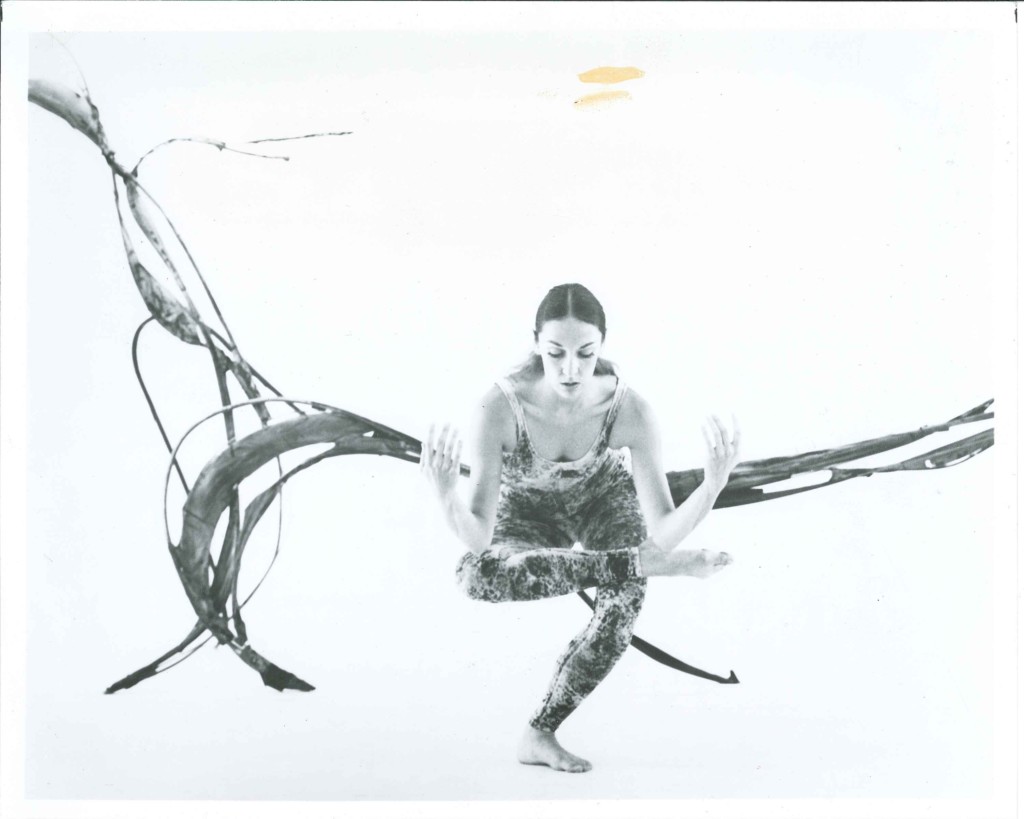
Incidentally, the Building 509 studio of RDT, which was established with a $370,000 Rockefeller Foundation grant in 1966, was in the University of Utah’s medical complex, located in a space between one marked for ‘artificial organs’ and the other ‘dangerous viruses.’
The work sets the celebratory tone for this latest RDT concert. Tintal is a 1972 work Evans selected because of its special relationship to Smith who performed the solo during its first performances more than four decades ago. Like so many musicians and dance artists at the time, Evans was drawn to the classical music and dance traditions of India that included the tal, a repetitive rhythmic motif played on the table, or small drums, and it is the first beat that signals the start and end of improvisations so it is the most heavily accented beat of the rhythm.
Tin-Tal is among the most common rhythmic patterns – 16 beats with four sections beginning on every fourth beat beginning with the first. The work was last performed in 1974 and Evans has reconstructed it for the concert, keeping the original music of Pandit Mahapurush Misra, the most deeply revered musician of tabla who also was heard on late Beatles’ recordings as well as George Harrison’s The Inner Light. The work has an ethereal, transcendental feel in the mellow, fluid, slender movements laid over the trance-like mood of the tabla music. It’s scored for five dancers and RDT’s Ursula Perry is the featured soloist.
Another gift is RDT’s first performance of Alternating Current, a 1982 dramatic duet cast as an abstract study about relationship dynamics that Evans created with music by David Sannella and Simon Jeffes. While he shared the work with Jim Coleman and Terese Freedman, dancers from his company who had embarked on founding their own artistic enterprise, Evans performed the duet frequently with his partner of more than 15 years, Gregg Lizenberry, who also was among the earliest RDT performers.
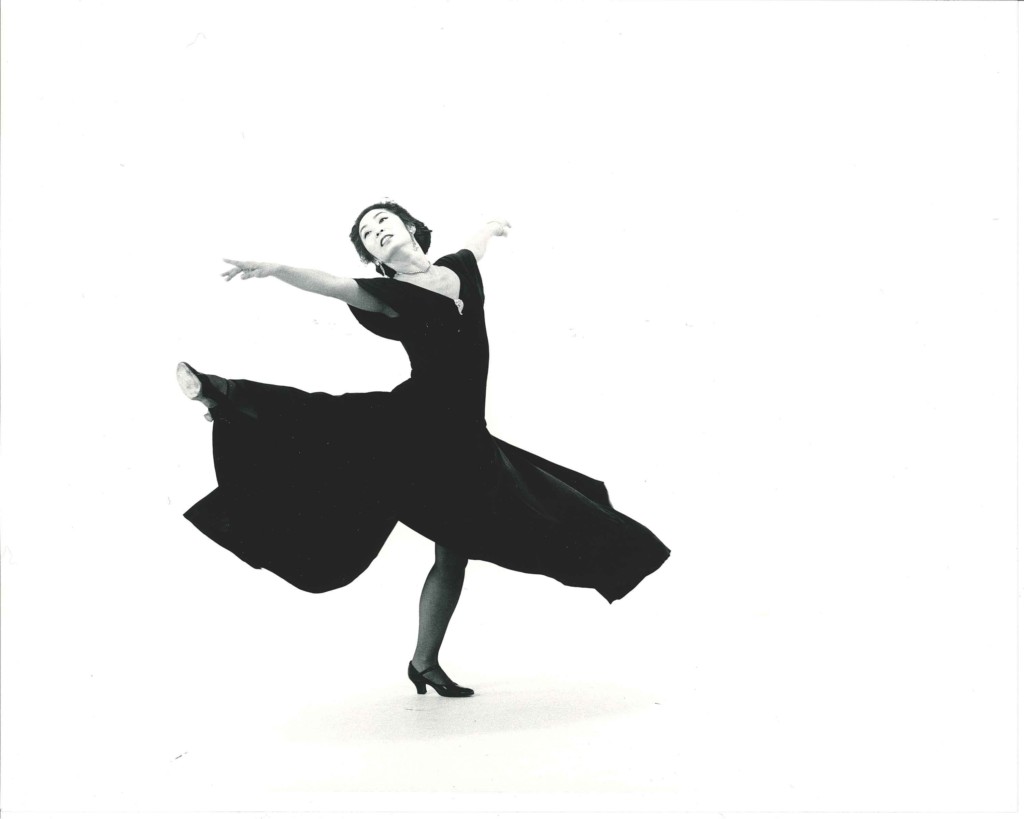
Evans says of Lizenberry, who today is on the University of Hawaii faculty, “He was one of the finest dancers in America who was not based in one of the nation’s larger cities.” He conceived the dance – which could be danced either by a man or a woman or by two people of the same sex – as a complex expression of intimate partners and how they relate and challenge each other.
It’s the abstracted story of a flame and a moth set in the physics of opposing electrical charges that alternate between attracting and repelling each other. “My flame could immolate his moth or his moth could extinguish my flame,” he explains. In this RDT performance, Dan Higgins and Tyler Orcutt will recreate the flame and moth roles of the work.
A 1988 Washington Post review of an Evans performance noted that “stylistically, it’s a frankly eclectic blend of modern, jazz and classical elements, with an emphasis on mellowness and fluency.” Growing up in Utah, Evans took tap and ballet lessons and was entranced by the ballroom dance style elegance of Hollywood films that featured dancers such as Fred Astaire. Just as egalitarian are his tastes in music, including jazz, George Gershwin and the Big Band standards, including Glenn Miller, the Andrew Sisters, and Benny Goodman.
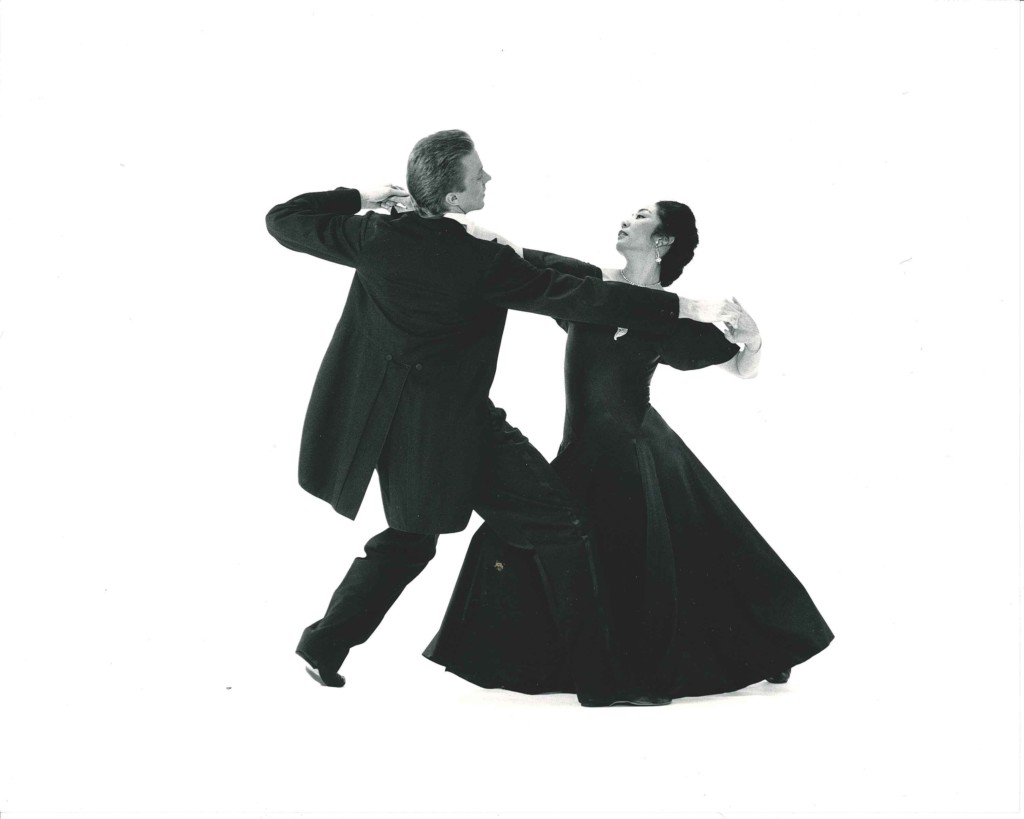
In the late 1970s, he collaborated on several projects with his namesake – one of the greatest jazz musicians of the 20th century and who stands out as one of the most frequently cited influences of today’s jazz musicians and composers. One of the most famous collaborations included Double Bill, where Evans the choreographer encouraged Evans the pianist to explore the complex, formalized structures of jazz composition.
For the RDT concert, two works capture that eclectic flair and Evans’ love for the jazz and Big Band music eras. Three Preludes, featuring Evans in a tap solo accompanied by music of Gershwin, is a 2009 tribute to his mother Lila Snape Evans, who saw him perform at its premiere before her passing six months later at the age of 97. It is trademark Evans – combining tap and modern dance that accentuates his unique character of slender, sleek and limber movements. In witnessing a recent rehearsal with RDT dancers, one sees that he remains as naturally flexible and at ease as ever. In his study and teaching of Laban Movement Analysis and Bartenieff Fundamentals, he emphasizes how the body can achieve its own musicality and distinct phrasing. It also explains how he continues to perform to this day, taking full advantage of the techniques that mitigate risk for serious injury and that protect and even enhance the body’s kinesthetic possibilities.
The other is Suite Benny, a 1987 work that Evans is restaging for this performance. It features musical arrangements, as performed and recorded by the legendary clarinetist (Goodman) and his orchestra. Evans strives to evoke the authentic sense of the era as captured in the performances of Marlene Dietrich or Loretta Young.
The sixth work is the most recent of the selection, Crippled Up Blues, featuring the music of Utah’s 3hattrio, which RDT premiered in 2015 as part of the company’s 50th anniversary season. As described in a feature for The Utah Review at the time, Evans asked musician Hal Cannon, a long-time collaborator, to write a 22-minute suite of songs for a series of short stories that are humorous as well as wistful memories of the unique sense of Utah as a place and its historical underpinnings as Deseret and what it means to live in the American southwest, both as an insider and outsider in the respective communities.
Evans says he has enjoyed working with this particular company of dancers, who have been together for at least five years and their recent performances reflect that unique moment of intuitive chemistry which makes ensembles reach deeply for the right emotional connection in their expressive movements. Dancers often come and go at a continuous pace – often to set out on their own as choreographers and to establish their own companies – so it is a relatively rare opportunity to have the same ensemble intact for five years.
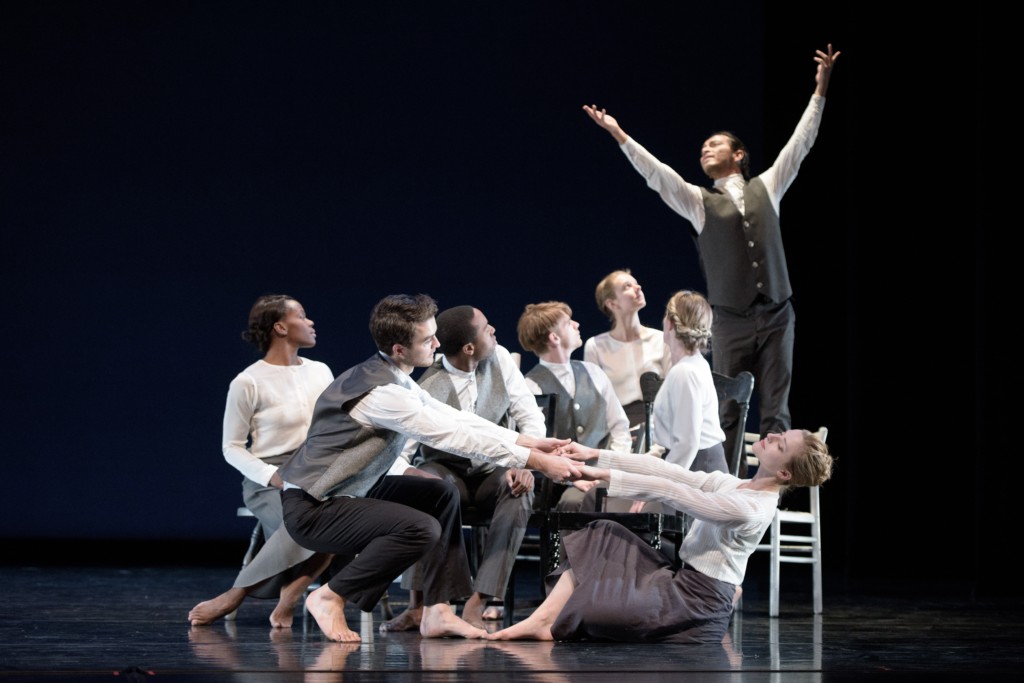
He adds that it reminds him of the five years in RDT’s early times when 11 dancers worked together. “We were working day and night during the late 1960s and early 1970s and learning so much from so many different choreographers who came to us in Utah,” he recalls. “We grew so much individually and as an ensemble.”
Even in its earliest years, the nation’s oldest repertory dance theatre lived up to the 1966 expectations encumbered in the precedent-setting Rockefeller Foundation grant. A 1975 New York Times article about Salt Lake City’s strength in dance highlighted RDT and its recent performances in the Big Apple, described variously as “astonish[ing] New York with a wide‐eyed, home‐grown company, a style distinctly Western, a ruggedly individual repertory” and “as striking as any modern dance soloists and principals you would find on Broadway or its environs.”
Likewise, the current RDT roster will eventually move on and there is no doubt that these young dancers will carry on the legacy as artistic entrepreneurs in their own right. One example of the legacy is Justin Bass, one of Evans’ students from the State University of New York at Brockport. Bass came to RDT in 2013 with a recommendation from Evans, “and that is all I needed,” Smith recalls.
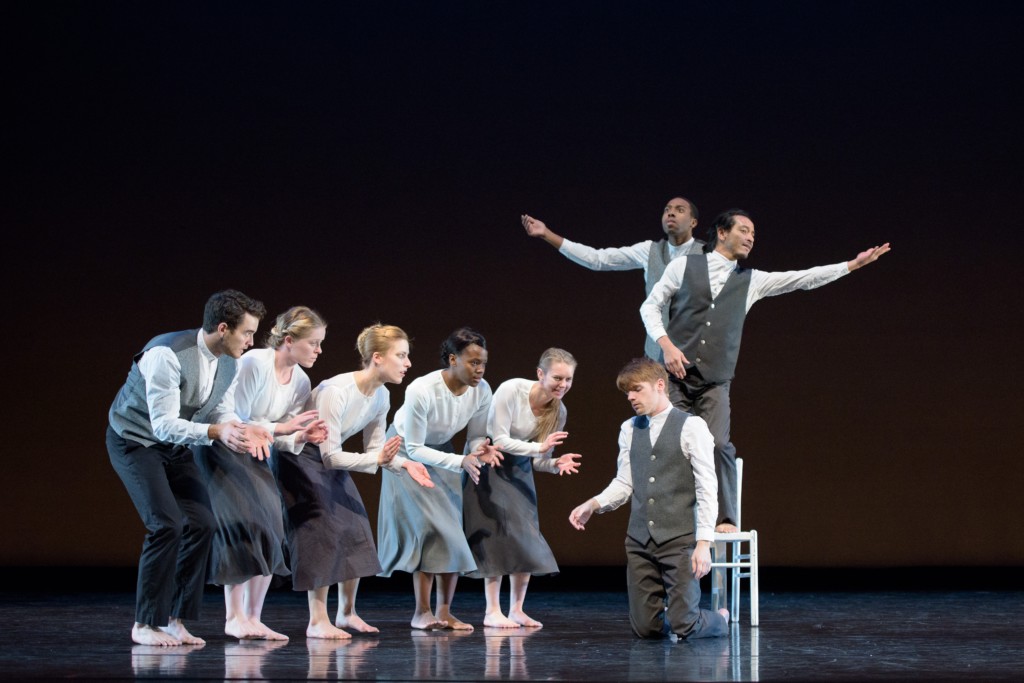
Evans also reiterated what he said in his 2015 interview. “I am filled with admiration for Linda [Smith] and how RDT has chiseled out a place in the cultural life of the city and state,” Evans said at the time. “If you were to tell me 50 years ago that Linda would still be leading the company and that I would be choreographing a new work, I would have considered it impossible. But here I am at The Rose Wagner the performing arts center which houses RDT, filled with gratitude to work with the latest generation of the company’s dancers.”
In addition, prior to the Nov. 17 performance, RDT will sponsor a pizza dinner and dancing, suitable for all individuals regardless of age or dance experience, where Evans will teach movement inspired by Suite Benny.
For ticket information, see here.


1 thought on “Repertory Dance Theatre’s Top Bill promises a holiday homecoming celebration of dance”